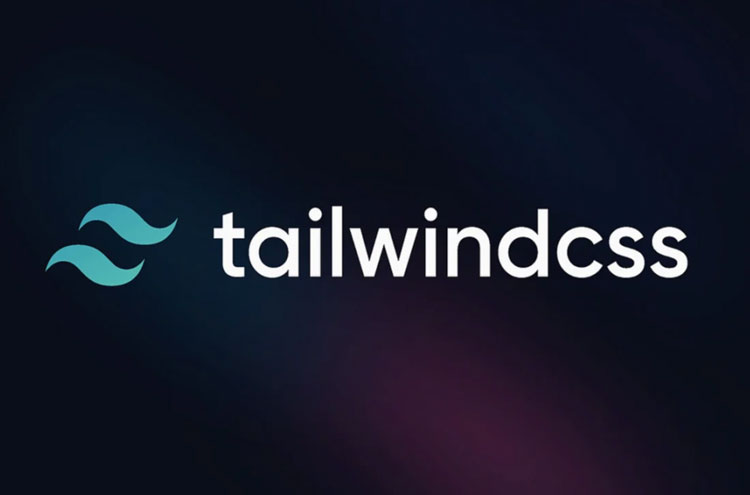
In the ever-evolving world of web development, developers are always on the lookout for tools and technologies that can streamline workflows, improve productivity, and ultimately, make building websites faster and more efficient. One of the front-end technologies making waves in recent years is Tailwind CSS.
So why should you consider moving to Tailwind CSS? Let’s dive into the key reasons.
Unlike traditional CSS frameworks like Bootstrap or Foundation, which provide predefined components (buttons, cards, forms, etc.), Tailwind CSS is a utility-first framework. This means it provides a set of small, reusable utility classes (e.g., flex, mt-4, bg-blue-500) that you can combine to build any component you need.
This utility-first approach offers developers more flexibility and control over their design without being limited to predefined UI components. Need a custom button or card? Instead of overriding styles, you can compose the design using small utility classes. The result? Faster prototyping, reduced CSS overrides, and more design consistency across projects.
Tailwind is loved by developers for its simplicity and speed. Here’s why it significantly improves the developer experience:
flex, p-6, and text-center, developers soon realize how intuitive and clear it makes the code. Each class represents exactly what it does, so there’s no need to remember custom class names or dig through CSS files.When building large-scale applications, maintaining design consistency becomes challenging. By using utility-first CSS, Tailwind forces your team to use a consistent approach. Instead of developers creating their own custom styles and tweaking things here and there, they are encouraged to use the same utility classes, ensuring a consistent design language across the board.
Tailwind also supports a configurable design system. By customizing your tailwind.config.js file, you can define your own spacing, colors, fonts, and more. This helps enforce branding guidelines and ensures consistency across projects.
Tailwind has some notable performance advantages. Traditional CSS frameworks often come with large files filled with unused styles. Even if you only use a fraction of the provided components, the rest of the CSS is still included, leading to bloated stylesheets.
Tailwind takes a different approach:
If you’ve ever tried to customize a component-heavy framework like Bootstrap, you know it can be a bit of a headache. Tailwind CSS, on the other hand, is designed to be easily customizable. You can:
tailwind.config.js file.The flexibility to easily configure your own design system without having to override base styles is a game-changer for developers and teams who want to maintain full control over their projects.
Tailwind CSS has an active and growing community that has contributed to a rich ecosystem of resources, plugins, and third-party tools. These tools not only enhance the capabilities of Tailwind but also help speed up development. Here are some noteworthy mentions:
These tools, along with others like Heroicons and Headless UI, make the Tailwind ecosystem highly flexible and adaptable to different project needs. Whether you’re looking for more UI components or specific functionality, the Tailwind community provides plenty of options to enhance your development experience.
More and more companies, both small and large, are adopting Tailwind CSS. Giants like GitHub, Netflix, and Shopify are using it in their products. Its combination of speed, flexibility, and performance is hard to ignore.
Tailwind CSS offers a modern approach to styling that challenges the conventional way of writing CSS. By moving to Tailwind, you can improve your development speed, ensure design consistency, and enjoy a more efficient workflow. It’s perfect for teams looking to rapidly prototype and build scalable, performance-optimized websites.
If you’re tired of fighting CSS or wrestling with bloated frameworks, now is the perfect time to give Tailwind CSS a try. You might just find that it transforms the way you build websites!